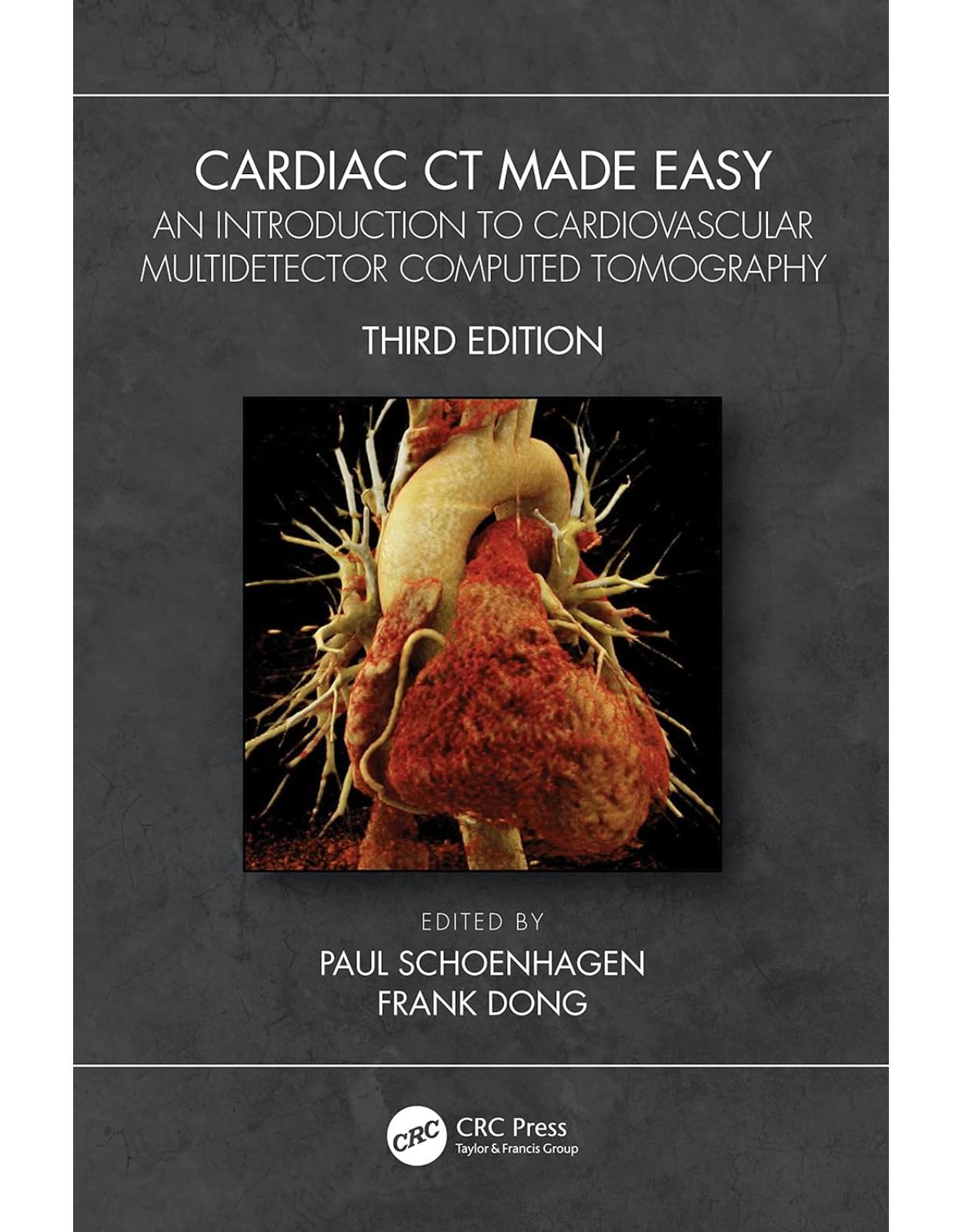
Esc Textbook of Sports Cardiology
Livrare gratis la comenzi peste 500 RON. Pentru celelalte comenzi livrarea este 20 RON.
Disponibilitate: La comanda in aproximativ 4 saptamani
Editura: Oxford University Press
Limba: Engleza
Nr. pagini: 476
Coperta: Hardcover
Dimensiuni: 28.19 x 2.29 x 22.35 cm
An aparitie: 15 May 2019
Description:
Sports and exercise have been intensely advocated as protective lifestyle measures which prevent or reduce the risk of severe health issues, including cardiovascular disease. More extreme forms of sports (for instance at high altitudes) have been identified as an important way of promoting cardiovascular adaptation, but have also been associated with adverse effects and even major cardiovascular events in predisposed individuals. Participating in more commonplace sports and exercise, such as football, may also increase a person's risk of cardiac events. This publication is timely in the light of a burgeoning number of clinical papers in the field. The ESC Textbook of Sports Cardiology provides an overview of the detection and treatment of cardiovascular disease in elite athletes and young sports professionals in training, as well as prevention. It will be useful for clinical cardiologists, sports physicians, and general physicians alike. Split into 11 key areas in sports cardiology, ranging from sudden cardiac death in athletes to the most common cardiovascular abnormalities seen in athletes, and to the effects of substance abuse and doping, the text is an invaluable resource covering all aspects of sports cardiology. Access to the digital version of the textbook is included with purchase of the printed version. Highly illustrated with embedded multimedia features, together with cross-referenced links to related content and primary research data in major journals in the field, the digital version provides users with a dynamic and forward-thinking resource. The ESC Textbook of Sports Cardiology is the second textbook from the European Association of Preventive Cardiology (EAPC) and aligns with ESC clinical practice guidelines and EAPC recommendations and position papers.
Table of Contents:
SECTION 1: Physiology of cardiovascular response to exercise and cardiac remodelling
1.1 Cardiovascular response induced by exercise
1.1.1 Physiology of exercise
1.2 Long-term adaptation to exercise: athlete’s heart and vascular adaptations
1.2.1 Structural and functional adaptations in the athlete’s heart
1.2.2 Impact of sporting discipline, gender, ethnicity, and genetics on the athlete’s heart
1.2.3 The athlete’s heart in children and adolescents
1.2.4 Vascular remodelling
SECTION 2: Clinical evaluation of the athlete’s heart
2.1 History and physical examination
2.1.1 History and physical examination
2.2 The electrocardiogram in the athlete
2.2.1 The electrocardiogram in the athlete
2.2.2 Common ECG patterns in the athlete’s heart
2.2.3 Overlap ECG patterns in the athlete’s heart and cardiomyopathies
SECTION 3: Additional testing in the evaluation of the athlete’s heart
3.1 Exercise testing
3.1.1 Protocols of exercise testing in athletes and cardiopulmonary testing: assessment of fitness
3.1.2 Evaluation of ischaemia, blood pressure, QT interval, and arrhythmias
3.2 Arrhythmia registration
3.2.1 Ambulatory (24-hour Holter monitoring, event recorders) and signal-averaged ECG for arrhythmia registration in the athlete’s heart
3.2.2 Class 1 anti-arrhythmic drug provocation test
3.2.3 Electrophysiological study
3.3 Imaging the athlete’s heart: anatomical and functional
3.3.1 Echocardiogram: morphological and functional evaluation including new echocardiographic techniques
3.3.2 Cardiac magnetic resonance imaging
3.3.3 Coronary computed tomography
3.3.4 Nuclear imaging
3.3.5 Coronary angiography
3.4 Genotyping
3.4.1 Indications for genetic testing in athletes and its application in daily practice
SECTION 4: Cardiac diseases of interest in sports cardiology
4.1 Myocardial and coronary diseases
4.1.1 Hypertrophic cardiomyopathy in athletes
4.1.2 Arrhythmogenic cardiomyopathy and sudden death in young athletes: causes, pathophysiology, and clinical features
4.1.3 Myocarditis in athletes
4.1.4 Differentiating athlete’s heart from left ventricular non-compaction cardiomyopathy
4.1.5 Congenital coronary artery anomalies
4.2 Valvular and aortic disease
4.2.1 Mitral valve prolapse in relation to sport
4.2.2 Bicuspid aortic valve disease and competitive sports: key considerations and challenges
4.2.3 The athlete with congenital heart disease
SECTION 5: Rhythm disorders of interest in sports cardiology
5.1 Channelopathy in athletes
5.2 Ventricular tachyarrhythmias
5.3 Supraventricular tachyarrhythmias
5.4 Pre-excitation and conduction abnormalities
SECTION 6: Sudden cardiac death in athletes
6.1 Incidence of sudden cardiac death in athletes
6.2 Cardiovascular causes of sudden death in athletes
6.3 The risk, aetiology, clinical features, management, and prevention of exercise-related sudden cardiac death and acute cardiac events in adult athletes
6.4 Less frequent causes of sudden cardiac death
6.4.1 Less frequent causes of SCD (commotio cordis): non-cardiac causes (drug abuse, hyperpyrexia, rhabdomyolysis, sickle cell anaemia)—Part 1
6.4.2 Less frequent causes of SCD (aortic rupture): non-cardiac causes (asthma, extreme environmental conditions (heat, cold, altitude))—Part 2
6.5 Pre-participation screening of young competitive athletes
6.6 Cardiovascular screening of adult/senior competitive athletes
6.7 Cardiovascular screening of children and adolescent athletes (
SECTION 7: Sports eligibility in athletes with cardiac abnormalities
7.1 Criteria and considerations relative to safe participation in sport for athletes with cardiac abnormalities
SECTION 8: Exercise prescription for cardiovascular health
8.1 Physical activity and leisure-time exercise prescription for sedentary/untrained individuals
8.2 Monitoring exercise programmes and improving cardiovascular performance
SECTION 9: Cardiac safety at sports facilities
9.1 Resuscitation on the field: basic and advanced life support and automatic external defibrillators
9.2 Cardiac safety at sports events: the medical action plan
9.3 Cardiac safety at fitness centres
SECTION 10: Cardiovascular effects of substances of abuse/doping
10.1 World Anti-Doping Agency (WADA) and International Olympic Committee (IOC) list of prohibited substances and methods and their cardiovascular effects
10.2 Nutrition and ergogenic aids prescription for competitive athletes
SECTION 11: Hypertension in athletes
11.1 Diagnosis and management of hypertension in athletes
Index
| An aparitie | 15 May 2019 |
| Autor | Antonio Pelliccia , Hein Heidbuchel , Domenico Corrado |
| Dimensiuni | 28.19 x 2.29 x 22.35 cm |
| Editura | Oxford University Press |
| Format | Hardcover |
| ISBN | 9780198779742 |
| Limba | Engleza |
| Nr pag | 476 |
| Versiune digitala | DA |













Clientii ebookshop.ro nu au adaugat inca opinii pentru acest produs. Fii primul care adauga o parere, folosind formularul de mai jos.